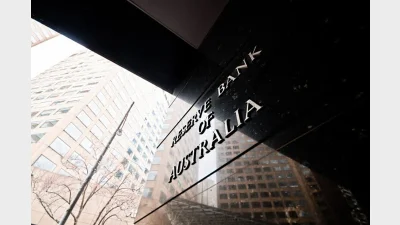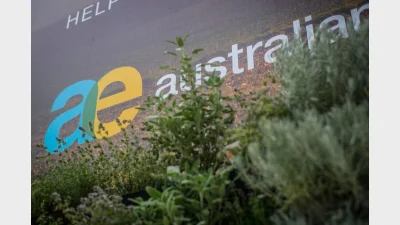Group life inflows holding up
Group insurance arrangements are continuing to drive risk insurance inflows in defiance of general market pessimism, according to new data released by research house Plan for Life.
The Plan for Life data reveals life insurance risk market inflows grew by 12.6 per cent for the 12 months to September last year to $7 billion.
The data revealed the main beneficiaries of the inflows had been MetLife, where inflows had improved by 29 per cent, AIG Life, where inflows improved by 24.6 per cent, CommInsure, where inflows picked up 17.9 per cent, ING Australia, which improved 15.2 per cent, and Tower, which improved 12.5 per cent.
It said sales in the market were also up by 10.3 per cent, led by AIG with growth of 42.2 per cent, Tower with 25.6 per cent, Metlife with 21.8 per cent, CommInsure with 14.6 per cent, ING with 11.5 per cent, and AXA with 11.5 per cent.
Most of the market growth was driven by group risk, which was up by 16.1 per cent, with individual risk up 11.9 per cent.
In the group risk market the way was led by Metlife with growth of 31.5 per cent, followed by CommInsure with 24 per cent, Suncorp with 21.7 per cent, AIG with 18 per cent, ING with 17 per cent, and Tower with 14 per cent.
Recommended for you
First Nations Australians have faced systemic barriers accessing super, with rigid ID checks, poor service, and delays compounding inequality.
“Slow and steady” appears to be the Reserve Bank’s approach to monetary policy as the board continues to hold on to its wait-and-see method.
AFCA’s latest data has shown a decline in complaints relating to superannuation, but there is further work to be done, it has warned super funds.
Limited exposure to fossil fuel companies has positively impacted the performance of Australian Ethical’s balanced and growth funds, the super fund says.











